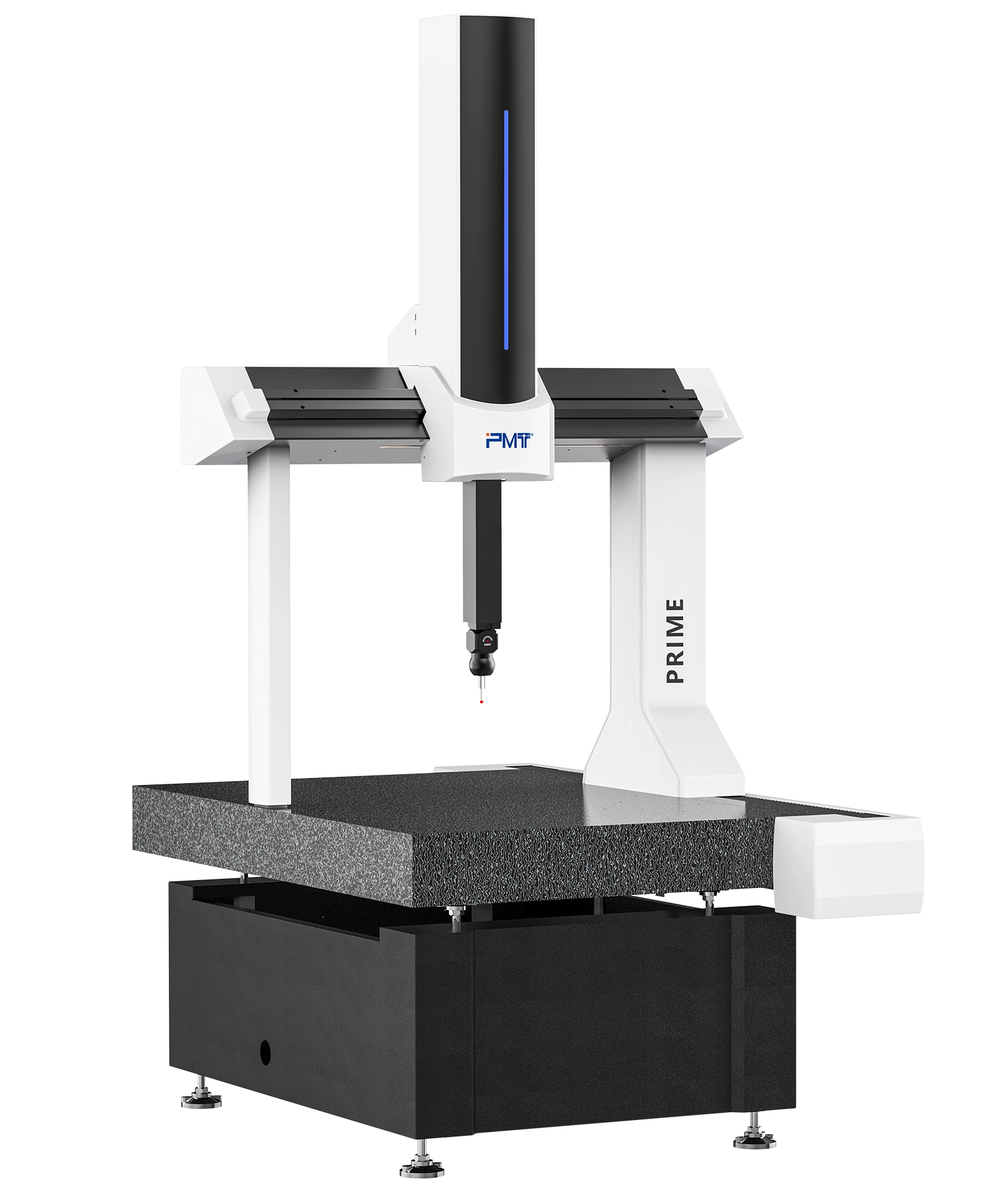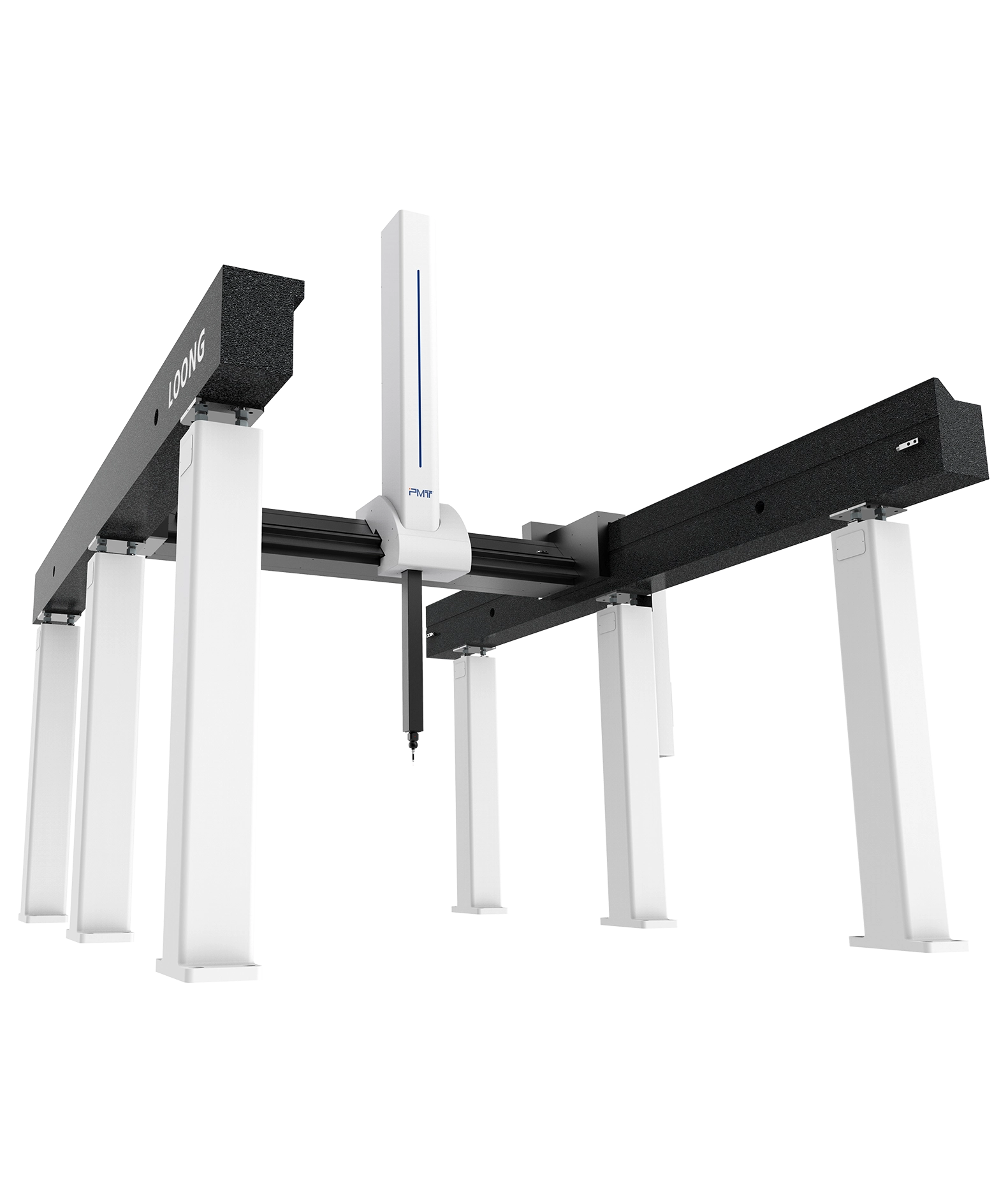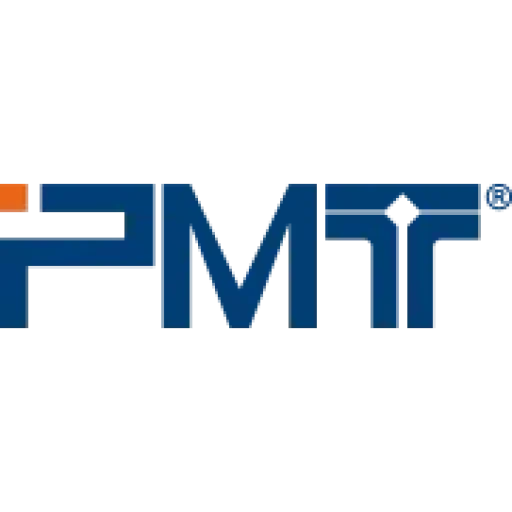In precision manufacturing, accuracy isn’t optional—it’s the foundation of quality. Even the smallest variation in component dimensions can lead to performance issues or product failure. While traditional tools like calipers and micrometers have long served their purpose, they’re increasingly being replaced by more advanced, automated solutions. One such solution is the Coordinate Measuring Machine (CMM), a cornerstone of modern metrology.
What Is a Coordinate Measuring Machine?
A Coordinate Measuring Machine (CMM) is a high-precision device that captures the exact dimensions of an object by identifying its geometric coordinates—length, width, and height. Using either physical contact or optical systems, the machine maps out a part’s geometry to ensure it meets specified tolerances.
There are several structural types of CMMs, including:
- Bridge: compact and precise, ideal for moderate-sized parts
- Cantilever: open design for easier access to components
- Horizontal: Arm – suitable for elongated or asymmetrical parts
- Gantry: designed for inspecting large or heavy components
Whether using tactile probes or non-contact sensors like lasers and cameras, all CMMs serve the same fundamental purpose: capturing detailed measurement data with extreme accuracy.

What Is a Coordinate Measuring Machine Used For?
CMMs are widely employed in industries where precision is non-negotiable. They are essential in quality control processes across sectors such as aerospace, automotive, electronics, and medical device manufacturing.
Different CMM designs serve specific use cases:
- Bridge-type CMMs are well-suited for inspecting small to mid-sized components in controlled production settings.
- Cantilever CMMs offer open-sided access, making them ideal for repetitive tasks involving compact parts.
- Horizontal Arm models accommodate larger, awkwardly shaped items that don’t fit on standard tables.
- Gantry CMMs are robust enough to measure very large and heavy components without needing to reposition them.
- Regardless of the industry, CMMs ensure that every part adheres to strict dimensional requirements, helping to prevent defects and improve product consistency.
Benefits of Using Coordinate Measuring Machines
Incorporating a CMM into your production line comes with a wide range of benefits that extend beyond just accurate measurements.
- Precision and Consistency
CMMs offer a level of repeatable accuracy that manual methods simply can’t match. Once programmed, they measure parts the same way every time, eliminating operator variability.
2. Greater Efficiency
Automated inspections reduce manual labor and save time. Complex parts that once required hours to measure can now be analyzed in minutes without compromising accuracy.
3. Adaptability
CMM systems are compatible with a range of probes and accessories. They can also integrate with modern software for real-time data analysis and reporting, allowing for greater flexibility as production needs evolve.
4. Reduced Waste
Early detection of dimensional errors helps manufacturers avoid costly rework or scrap. This not only improves the bottom line but also supports more sustainable operations.
5. Enhanced Brand Value
Delivering consistent quality builds trust. CMMs help businesses maintain high standards and a reputation for reliability.

How Does a Coordinate Measuring Machine Work?
While the specific operation may vary by model, all CMMs follow the same basic principle: the probe moves along multiple axes to collect geometric data from an object’s surface.
Here’s how the process generally works:
- Part Preparation: The component should first stabilize at room temperature to ensure accurate measurement.
- System Calibration: The machine must be calibrated using certified reference artifacts to confirm that measurements are within tolerance.
- Measurement: The probe—contact or non-contact—is guided to the designated features. As it touches or scans the part, it records coordinate points.
- Data Analysis: Measurement software processes and compares the recorded points to the CAD model or dimensional blueprint.
- High-end systems may use laser interferometers or other advanced technologies to boost accuracy further, particularly in demanding applications.
Main Components of a Coordinate Measuring Machine
Understanding the structure of a CMM helps in selecting the right model and maintaining its performance. Key components typically include:
- Frame and Guideways: These determine the machine’s stability and movement precision.
- Probes: Devices that perform the actual measurement. They can be mechanical touch probes or optical sensors.
- Controllers: Electronics that manage axis movement and data input/output.
- Software: The interface where users plan measurements, view results, and analyze deviations.
Each part plays a crucial role in ensuring the CMM delivers accurate and efficient measurements.
Conclusion: Why CMMs Matter
As manufacturing becomes more complex and quality standards rise, coordinate measuring machines have become indispensable. They not only boost accuracy and productivity but also support smarter, data-driven production environments.
PMT provides expert metrology solutions tailored to your industry needs. Whether you’re upgrading your inspection process or exploring automated measurement for the first time, our team is ready to help.
Contact PMT today and discover how our precision tools can elevate your production quality.
